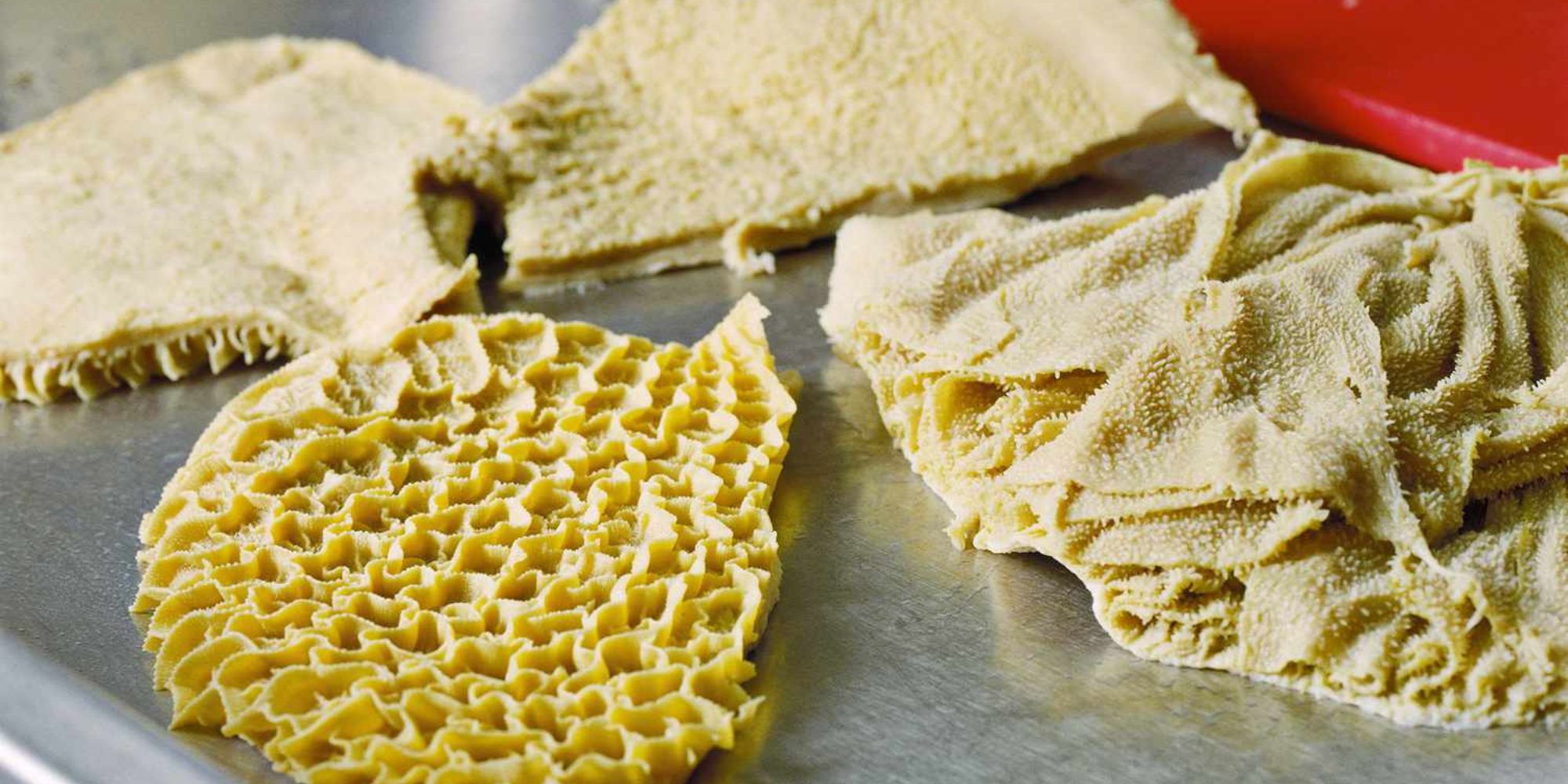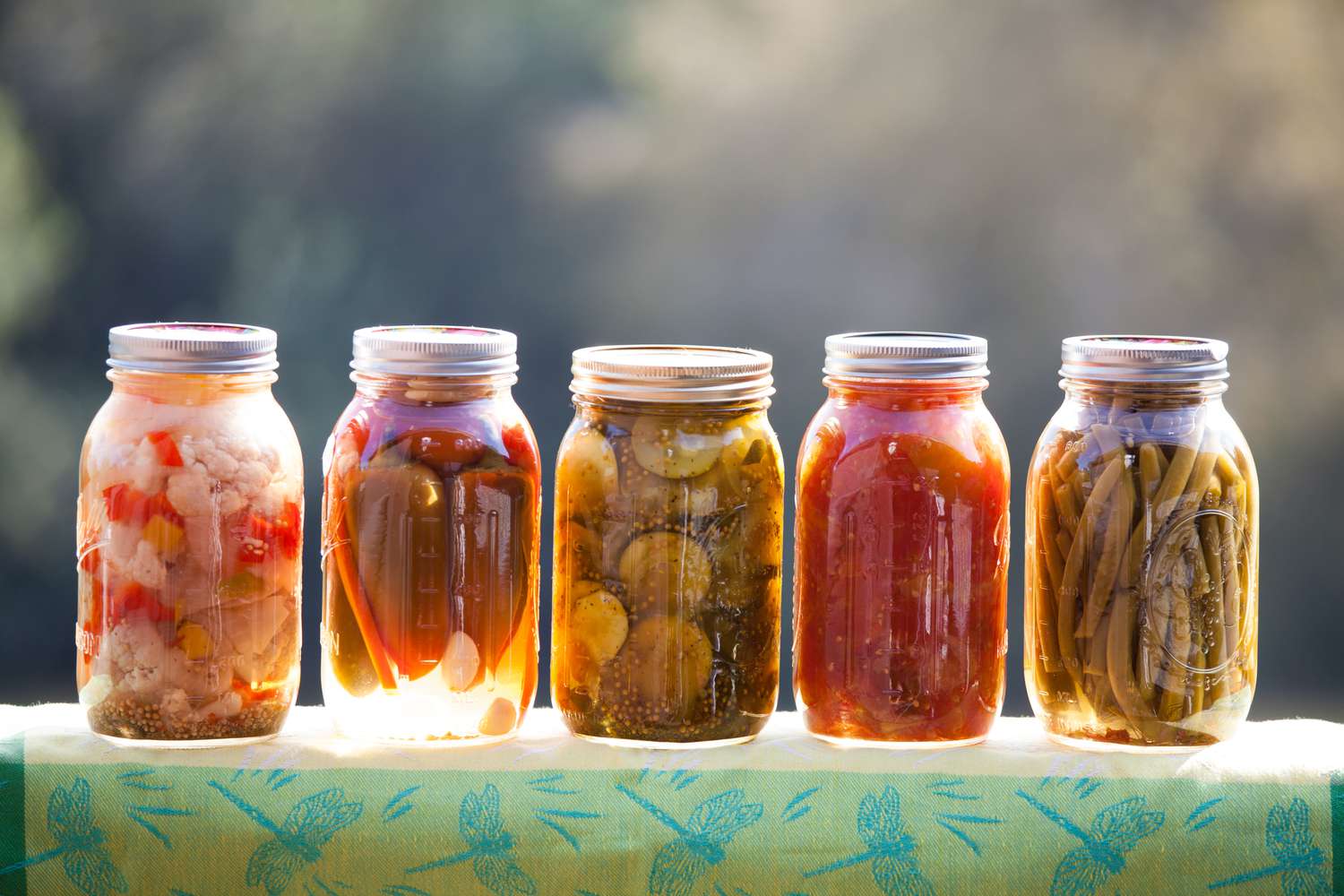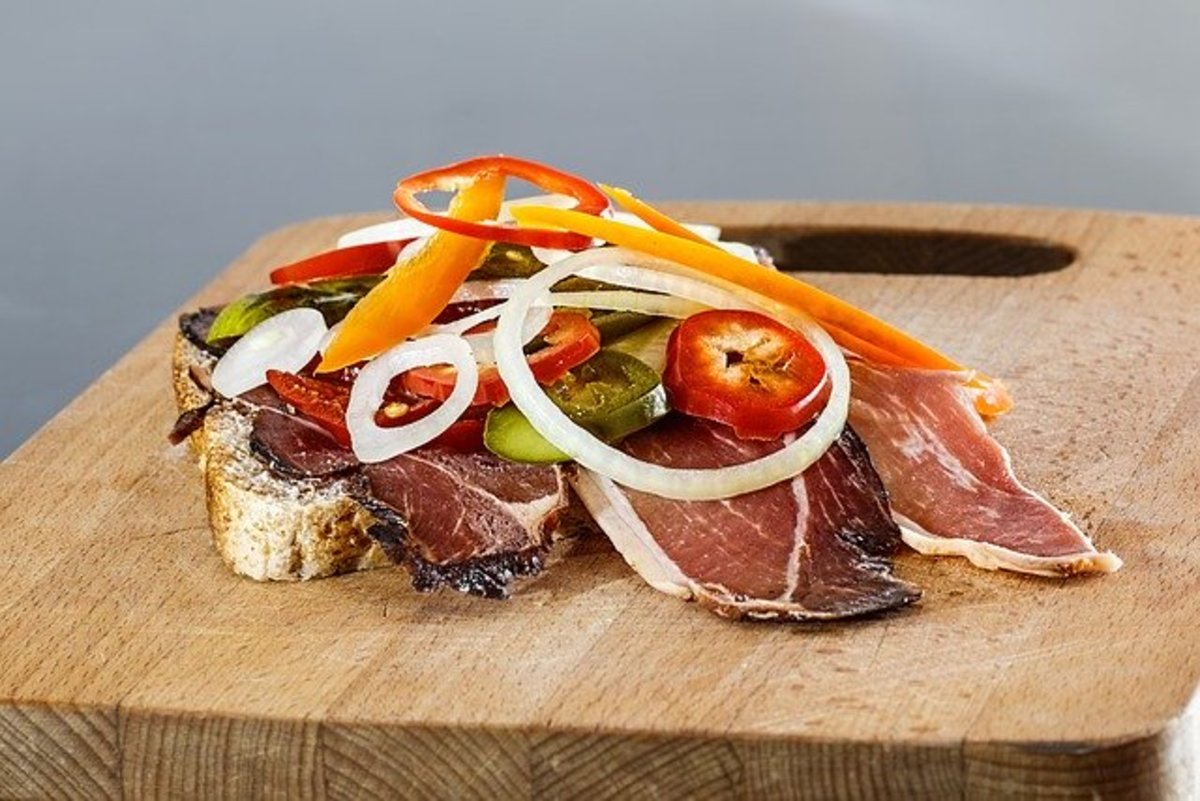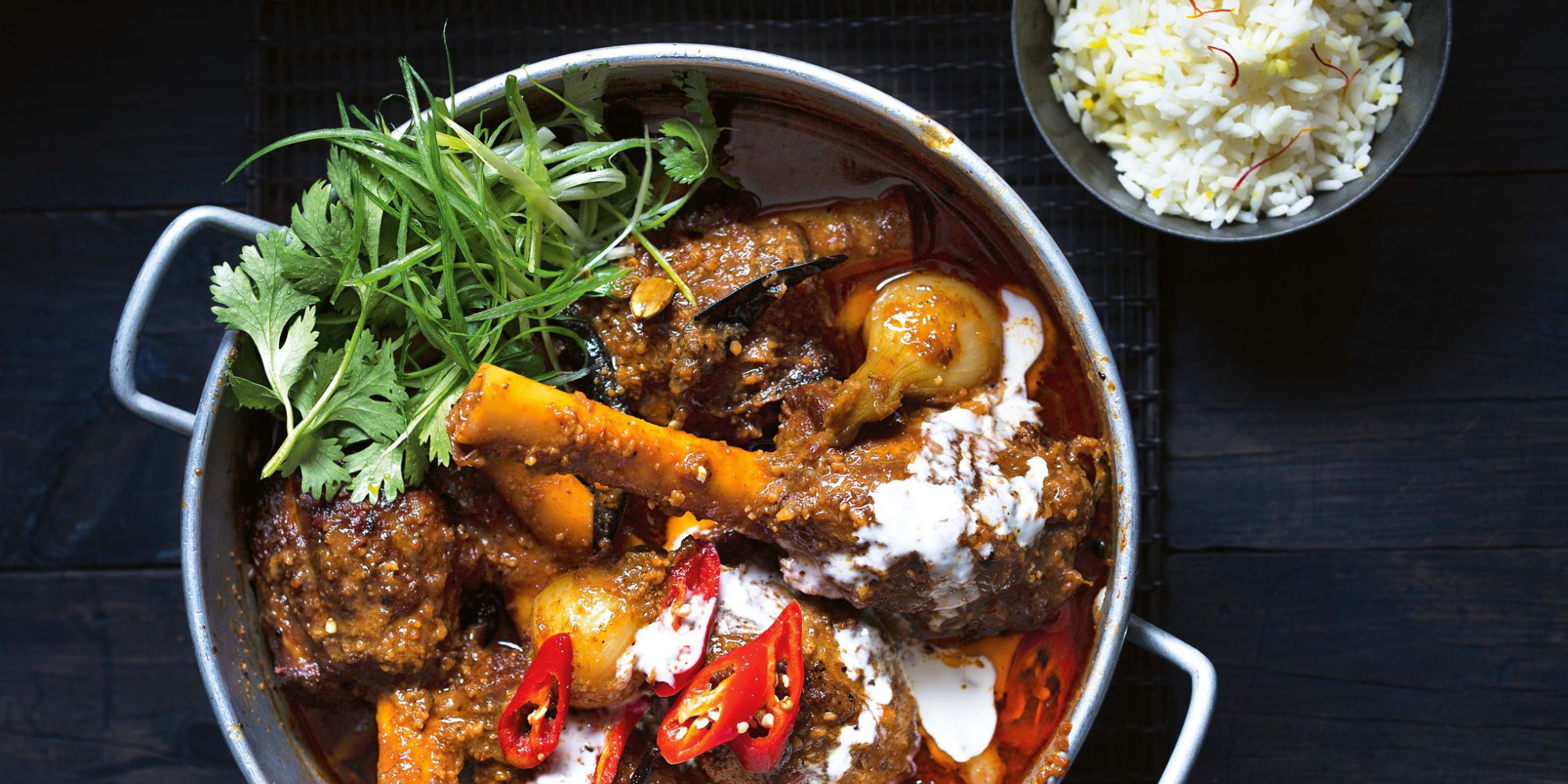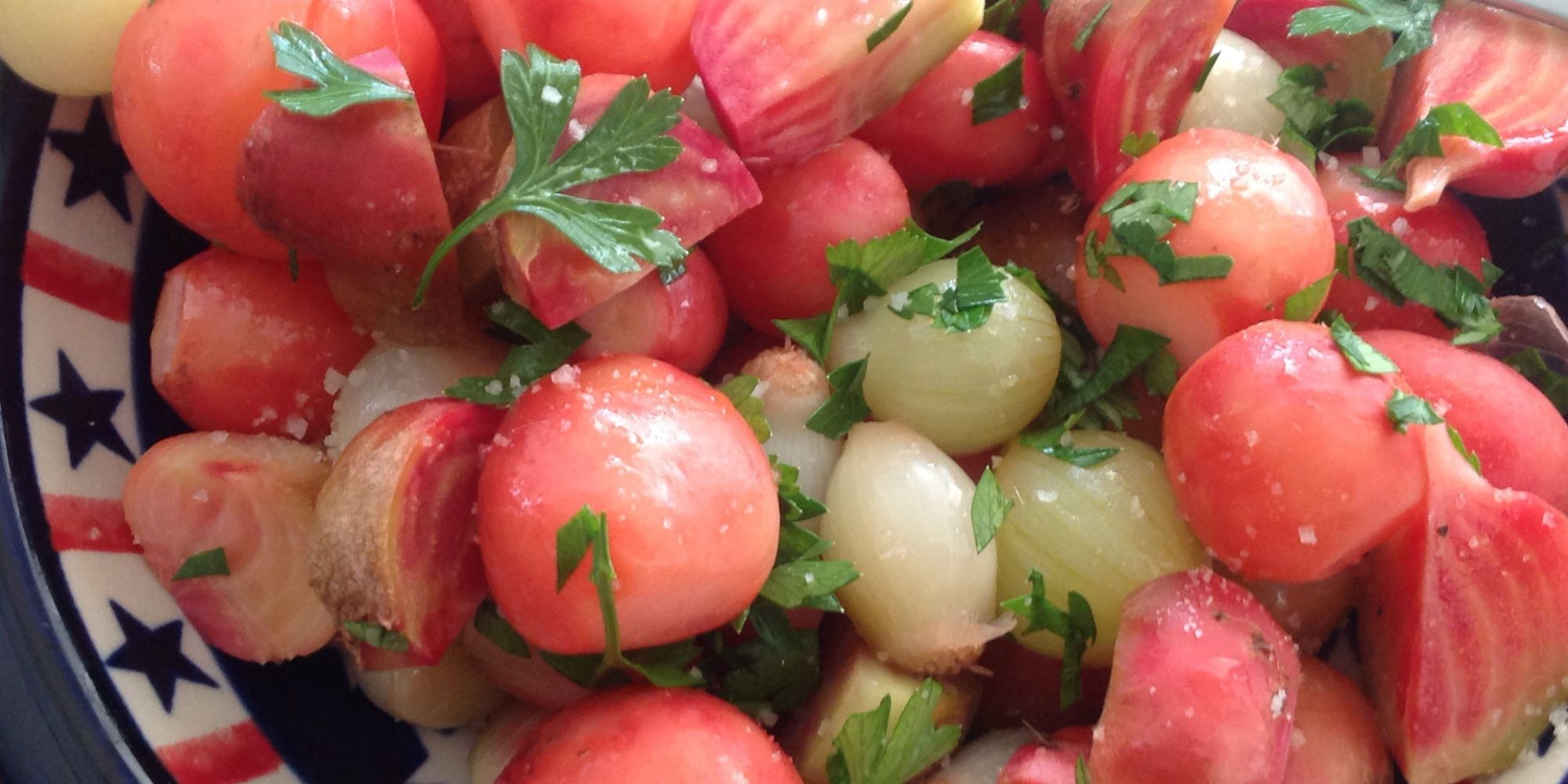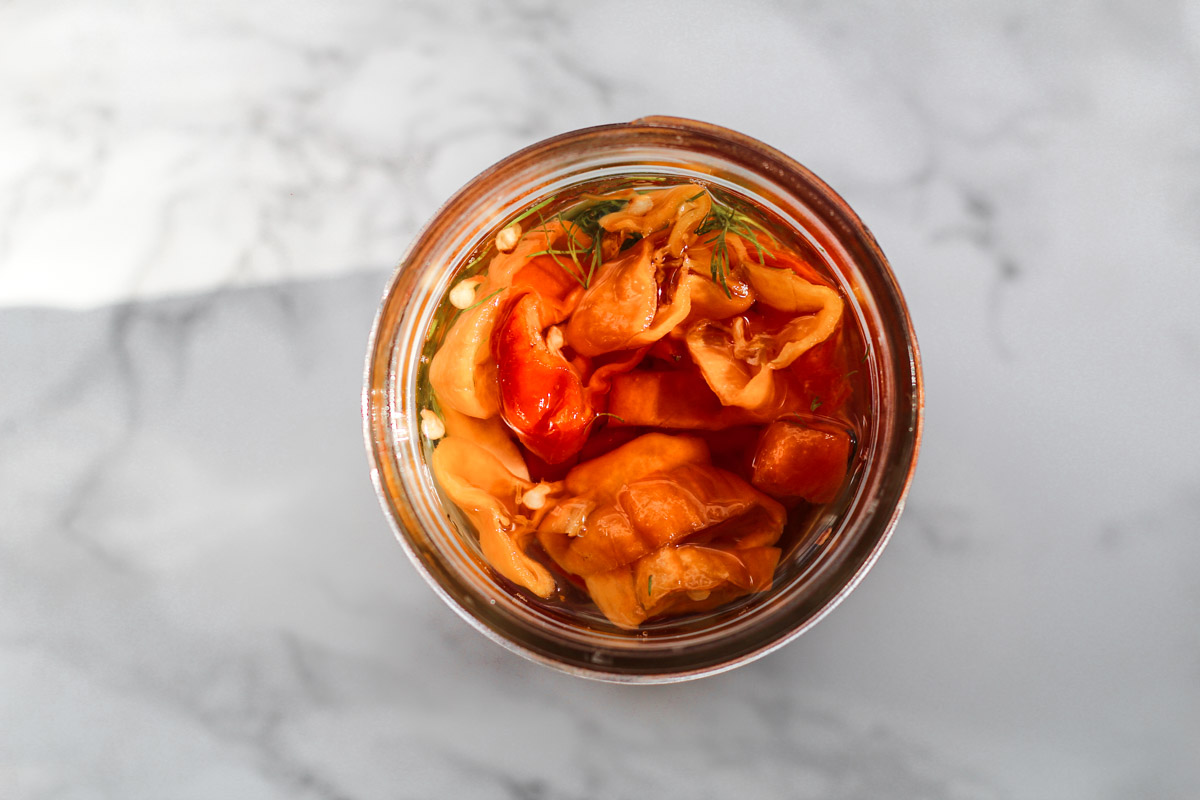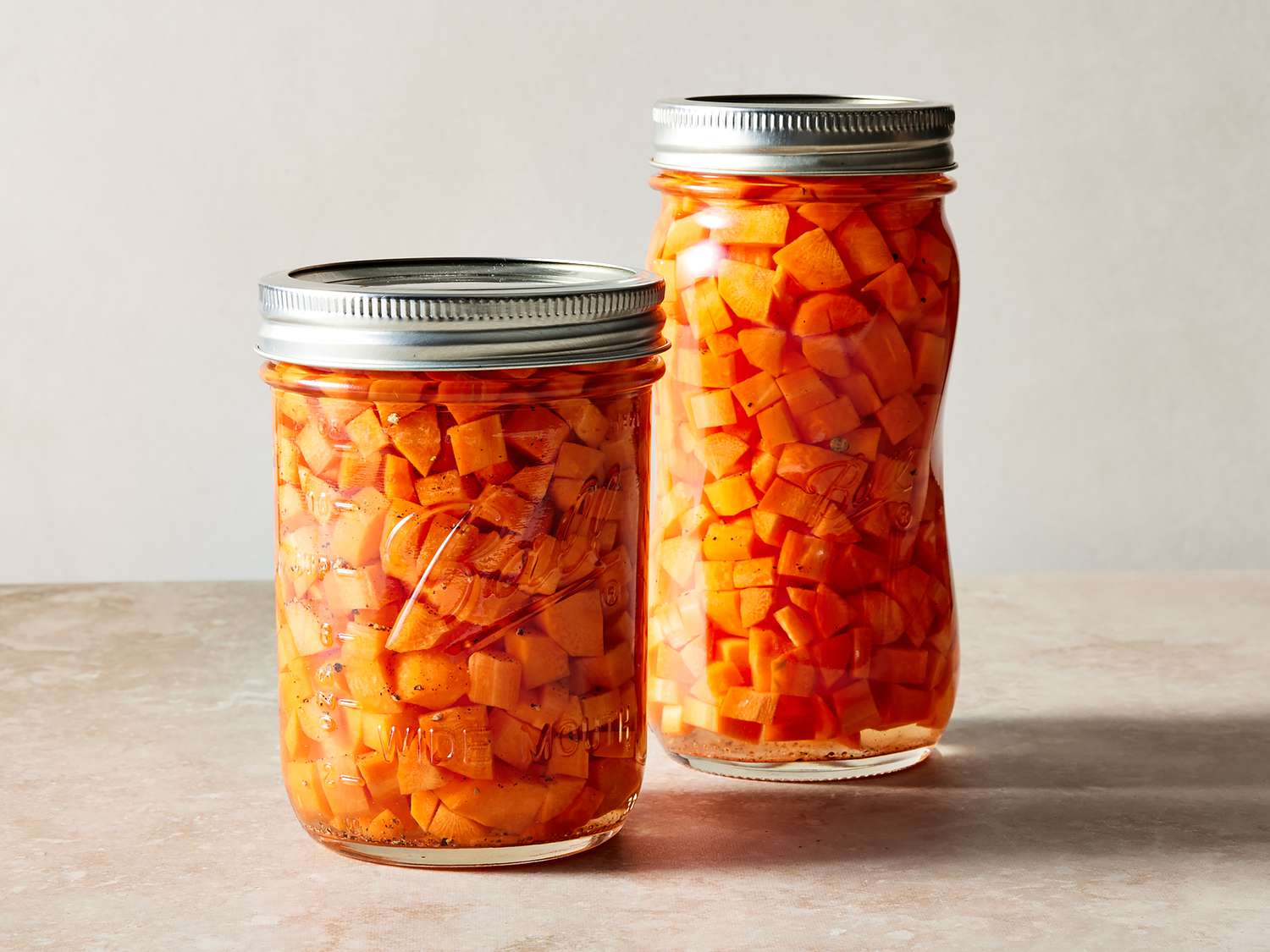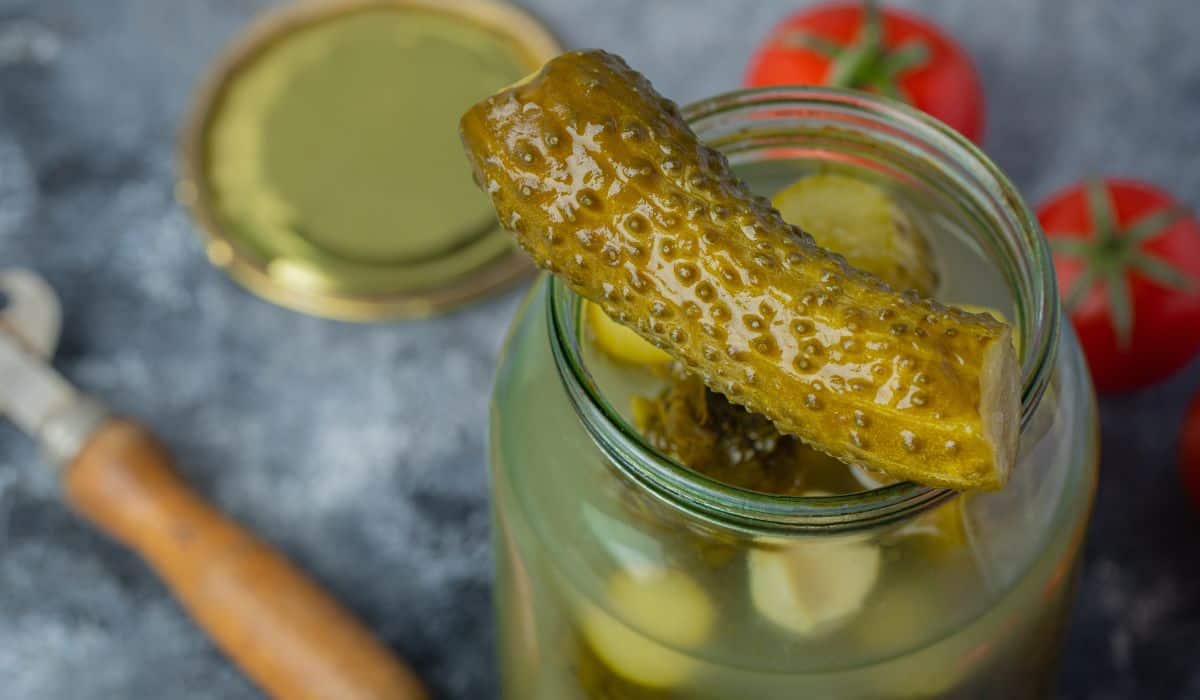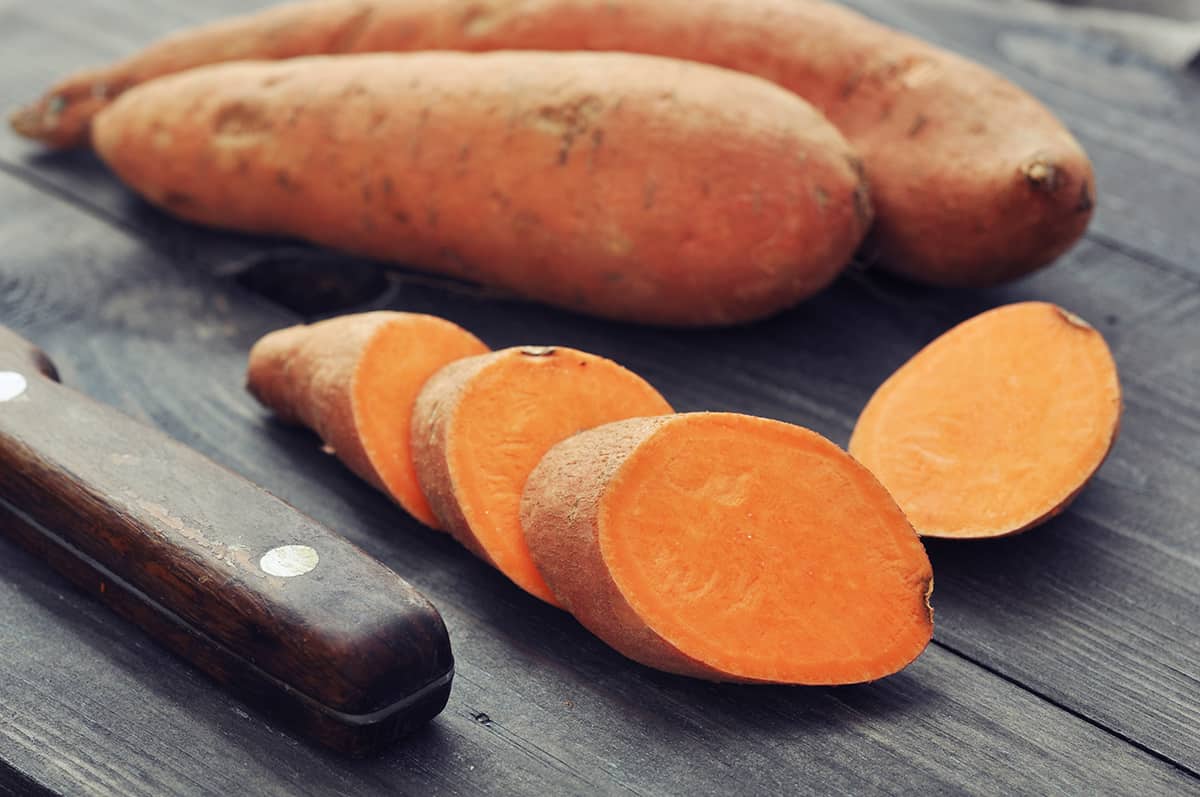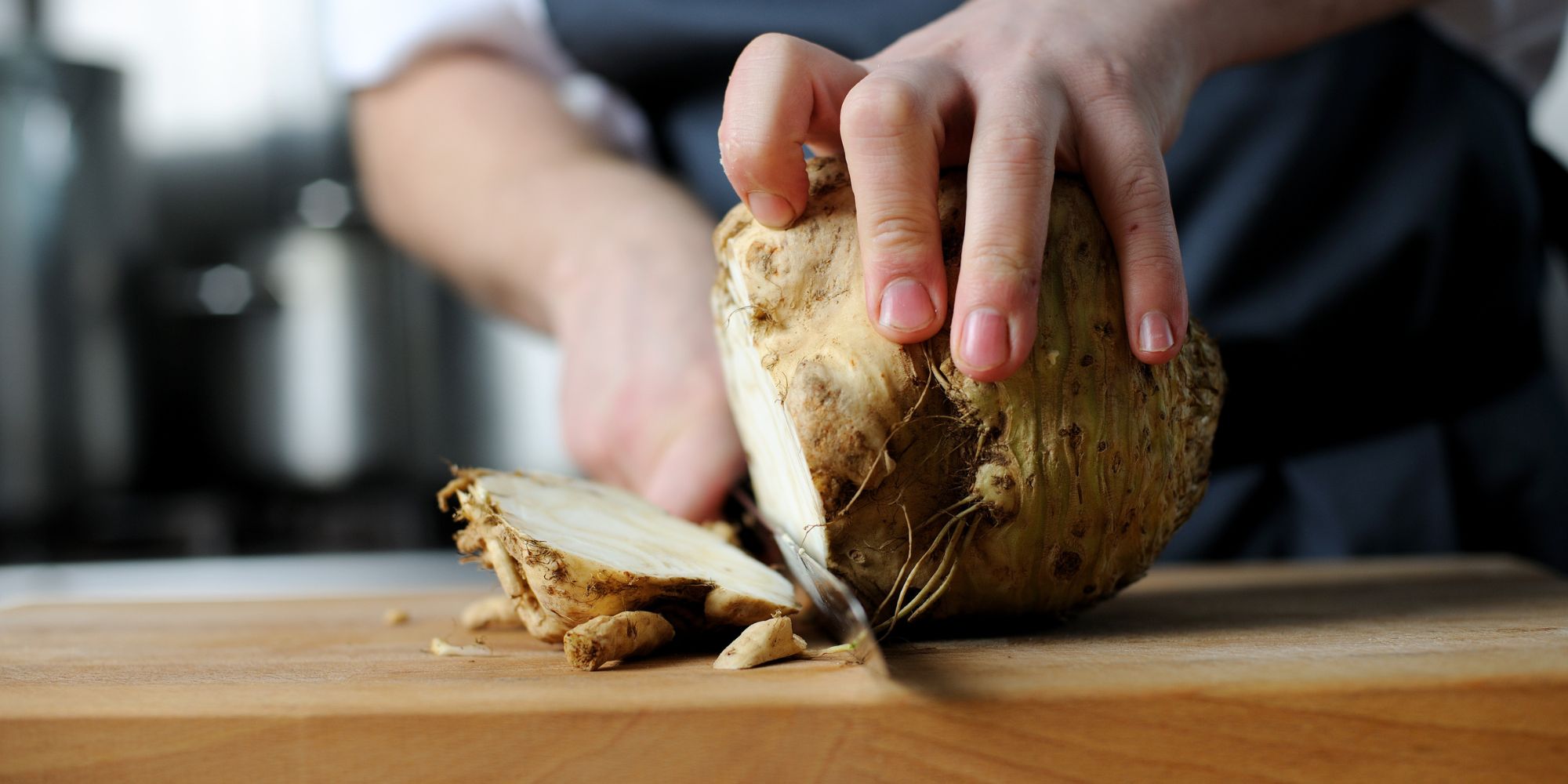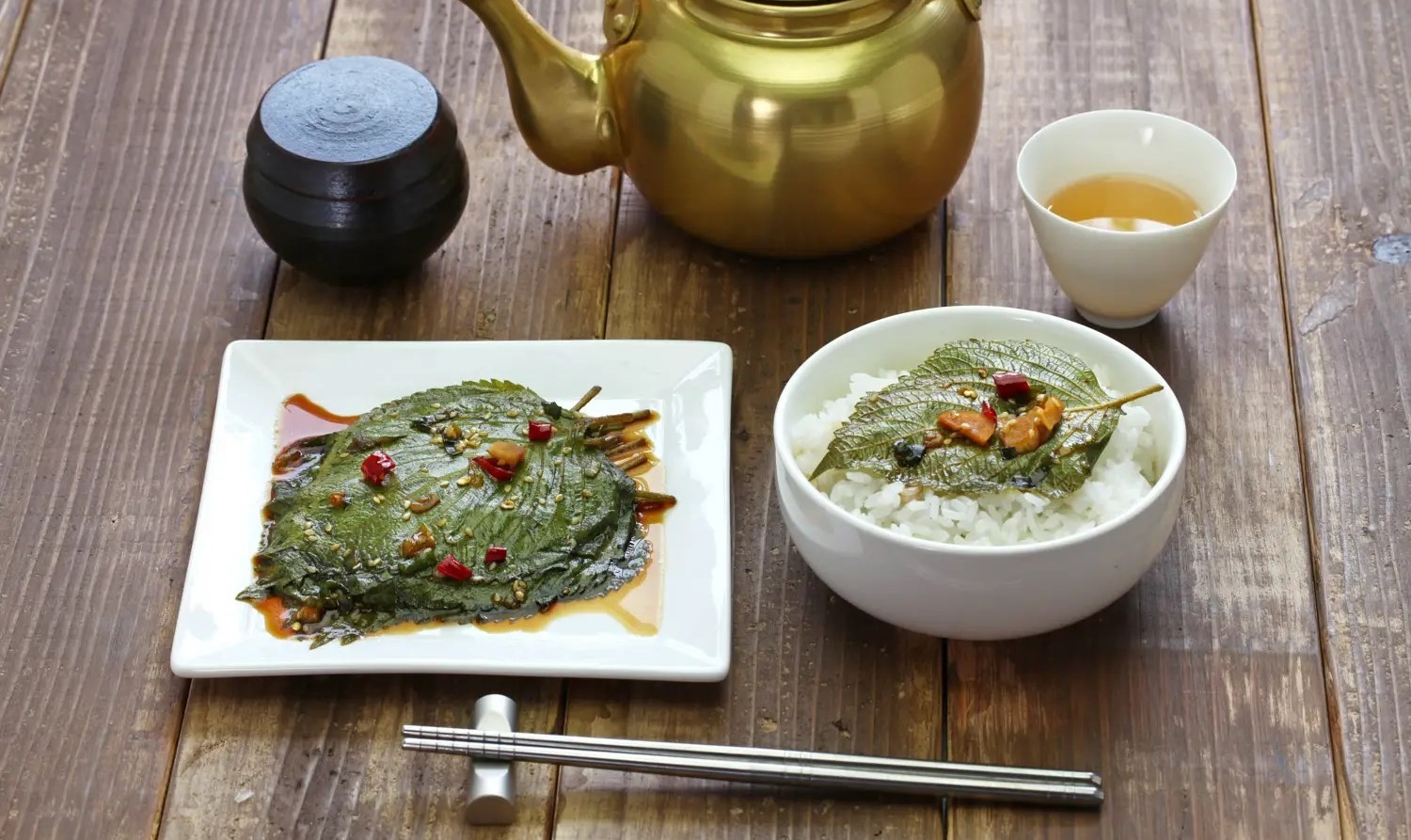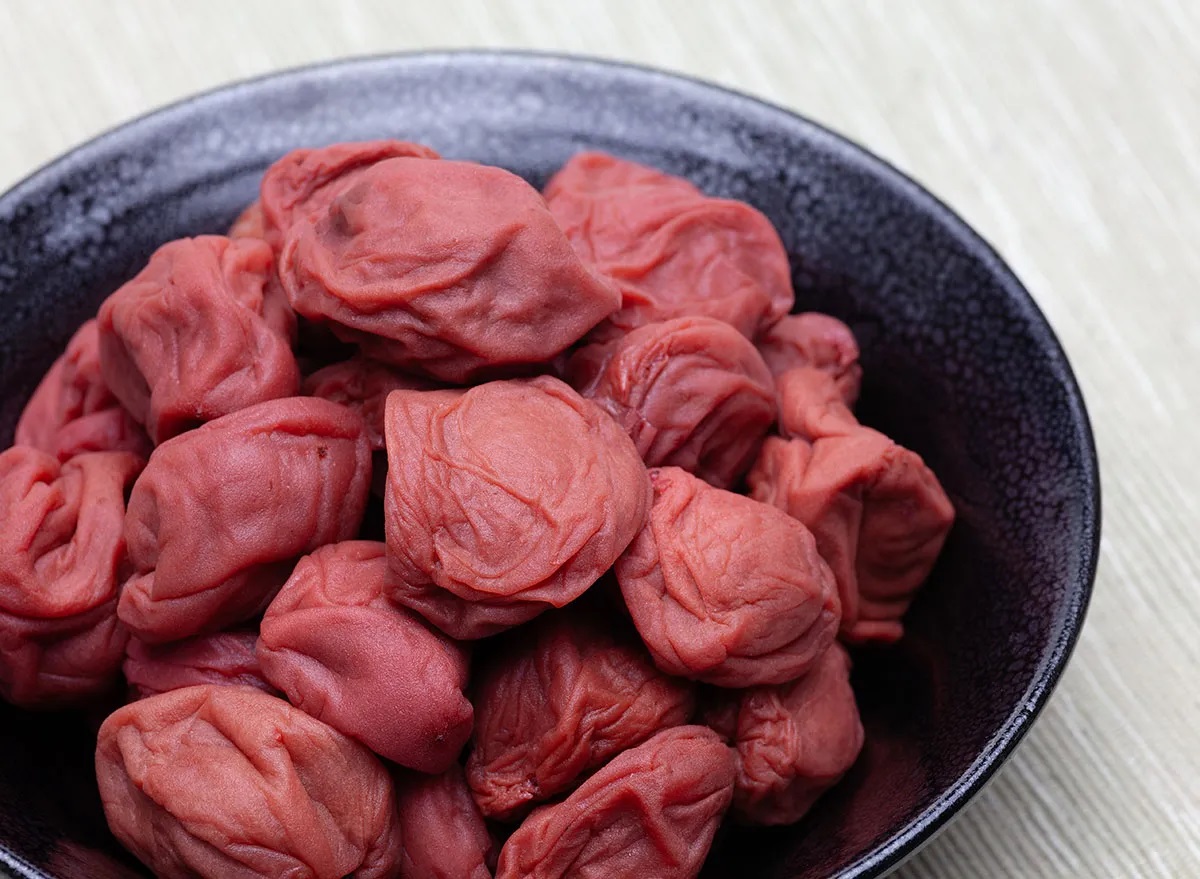How to Pickle Chicken Gizzards: A Delicious and Easy Guide
Are you looking for a unique and flavorful way to enjoy chicken gizzards? Pickling chicken gizzards is a fantastic way to preserve and enhance their flavor. Whether you’re a pickling pro or a beginner, this guide will walk you through the process of pickling chicken gizzards step by step.
What You’ll Need
Before you get started, gather the following ingredients and equipment:
- Chicken gizzards
- White vinegar
- Water
- Salt
- Sugar
- Garlic cloves
- Peppercorns
- Bay leaves
- Large pot
- Mason jars
Preparing the Gizzards
Start by rinsing the Chicken gizzards under cold water to remove any impurities. Then, place them in a large pot and cover them with water. Bring the water to a boil and let the gizzards simmer for about 30 minutes, or until they are tender.
Making the Pickling Solution
While the gizzards are simmering, it’s time to prepare the pickling solution. In a separate pot, combine equal parts white vinegar and water. Add salt, sugar, garlic cloves, peppercorns, and bay leaves to the pot. Bring the mixture to a boil and let it simmer for a few minutes to allow the flavors to meld together.
Pickling the Gizzards
Once the gizzards are tender, remove them from the pot and place them in clean mason jars. Carefully pour the hot pickling solution over the gizzards, making sure they are completely submerged. Seal the jars tightly and let them cool to room temperature.
Letting the Flavors Develop
After the jars have cooled, place them in the refrigerator and let the gizzards pickle for at least 24 hours before enjoying them. The longer they sit, the more flavorful they will become, so be patient and allow the flavors to develop.
Enjoying Your Pickled Chicken Gizzards
Once the pickled gizzards have had time to develop their flavor, they are ready to enjoy. Serve them as a tasty snack, add them to salads, or include them on a charcuterie board for a unique and delicious addition.
Pickled chicken gizzards are a versatile and flavorful treat that can be enjoyed in a variety of ways. With this simple guide, you can pickle your own gizzards at home and impress your friends and family with your pickling prowess. So, gather your ingredients and get ready to enjoy the delicious rewards of pickling chicken gizzards!
For those keen on trying something new with their culinary skills, the guide on how to pickle chicken gizzards offers a fantastic base. One could start with Pickled Chicken Gizzard Salad, a refreshing and tangy option perfect for a light meal. If looking for a more substantial dish, Pickled Chicken Gizzard Sandwich brings a unique twist to a classic favorite. For a more sophisticated touch, Pickled Chicken Gizzard Charcuterie Board is an excellent choice, offering an array of flavors to impress guests. Adventurous eaters might enjoy Pickled Chicken Gizzard Banh Mi, where the pickled gizzards add a delightful crunch and zest. Each of these recipes showcases the versatility of pickled chicken gizzards, making them worth a try.
Was this page helpful?
Read Next: How To Pickle In Oil
